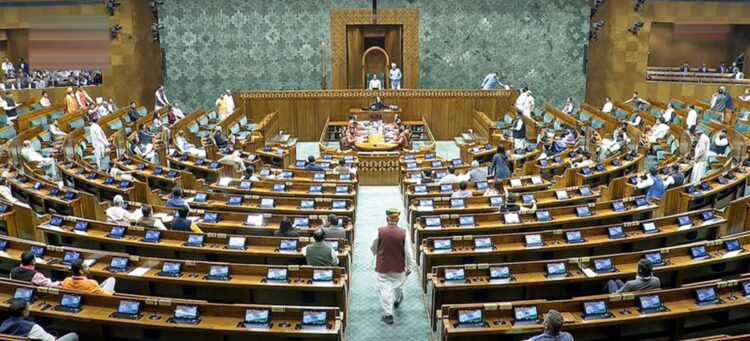The Income Tax Bill 2025, represents a significant shift towards a simplified and modernized tax system, ensuring better clarity and compliance for taxpayers across India. The government has released a copy of the much-anticipated Income-Tax Bill, 2025, which is expected to be tabled in Parliament on February 13. This bill aims to simplify tax laws and modernize compliance structures. The new legislation consists of 23 chapters, 16 schedules, and 536 clauses, covering a broad range of tax provisions.
A major highlight of the bill is its focus on making tax terminology simpler. It introduces ‘Tax Year’ in place of ‘Assessment Year’ and ‘Financial Year’ instead of ‘Previous Year’. The Tax Year will now represent 12 months starting from April 1, aligning it with the financial year. Additionally, the bill acknowledges the evolving financial landscape by broadening definitions related to digital transactions and crypto assets. It also includes specific references to ‘Finance Companies’ and ‘Finance Units’ in the context of dividends, which could impact financial institutions and investors.
A key compliance reform in the bill is the introduction of a ‘Taxpayer’s Charter’, designed to enhance transparency and safeguard taxpayer rights. Another significant provision suggests that foreign companies could be deemed residents, potentially affecting the tax liabilities of global businesses operating in India.
A New Era: Replacing the Income Tax Act, 1961
The new Income-Tax Bill spans over 622 pages and is set to replace the 60-year-old Income Tax Act of 1961. Once passed, the proposed legislation will be called the Income Tax Act, 2025, and is expected to come into effect in April 2026. The bill was approved by the Union Cabinet on February 7 and, once passed by the Lok Sabha, will be referred to the Parliament’s Standing Committee on Finance for further discussions and refinements.
Key Differences Between Old and New Tax Regimes
According to the official income tax website, the old and new tax regimes differ primarily in tax slabs, rates, and deductions. The old tax regime allows for various deductions and exemptions, whereas the new tax regime offers lower tax rates but with limited deductions and exemptions.
The new regime provides concessional tax rates and broader slabs. However, most deductions are not permitted, except for a few specified ones, such as 80JJAA, 80M, and the standard deduction.
While announcing Budget 2025, Finance Minister Nirmala Sitharaman provided relief to the middle class by raising the exemption limit and revising the tax slabs. Under the new tax regime, individuals earning up to ₹12 lakh annually will not have to pay income tax. For salaried employees, the nil tax limit extends to ₹12.75 lakh per annum, factoring in a ₹75,000 standard deduction.
Proposed Tax Slabs Under the New Regime
₹0 – ₹4 lakh → 0% tax
₹4 – ₹8 lakh → 5% tax
₹8 – ₹12 lakh → 10% tax
₹12 – ₹16 lakh → 15% tax
₹16 – ₹20 lakh → 20% tax
₹20 – ₹24 lakh → 25% tax
More than ₹24 lakh → 30% tax
With these changes, the Income-Tax Bill, 2025, represents a significant shift towards a simplified and modernized tax system, ensuring better clarity and compliance for taxpayers across India.

















Comments